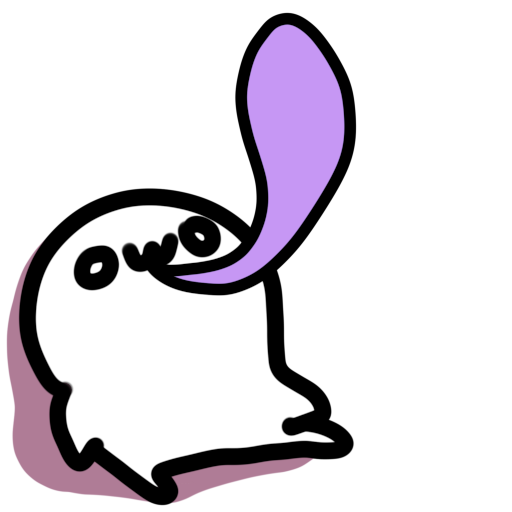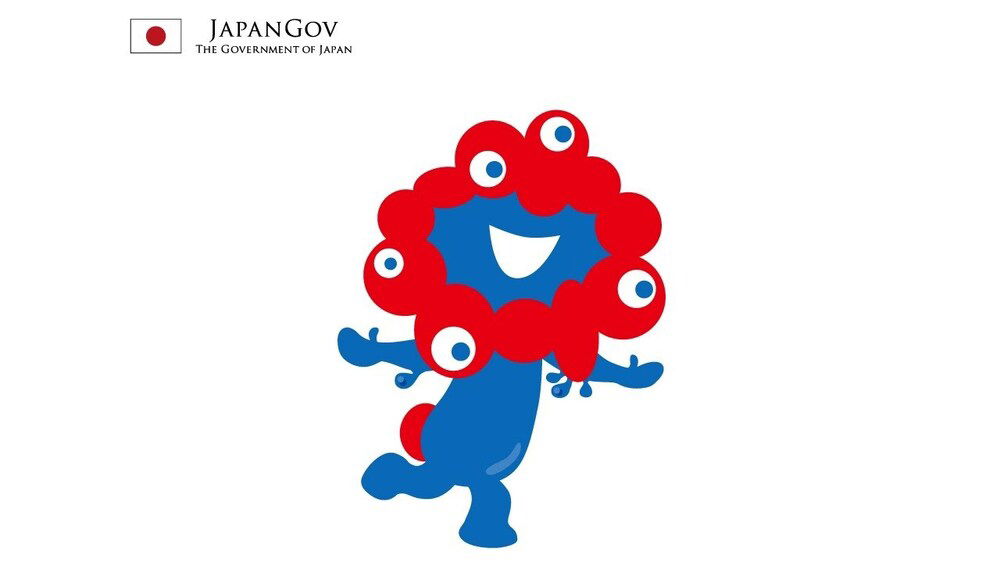掲示板 Forums - Hiragana tips
Top > 日本語を勉強しましょう / Let's study Japanese! > Anything About Japanese Getting the posts
Top > 日本語を勉強しましょう / Let's study Japanese! > Anything About Japanese
I did it!

I went through the hiragana list. But im having issues with some things.
When do i use the small tsu つ?
How to keep ru and ro apart from each other ? るろ
How to keep these apart, Ne ね re れ en wa わ ?
Little つ od used when you want to add an extra letter. For example, もっぷ - moppu (this verb should be on katakana, but i didn't have aby idea for hiragana verb). When you will start learning katakana, you will also see small ア or イ, this works like little や, ゆ,よ.
When it comes to keeping kana apart, i am sorry, but you should just memorise it. Try reading mnemonics (ろ is るwithout an O at the bottom), or think about characteristic verbs (ねこ- Neko, cat, and ね looks like it have a long, cat, tail)
Small tsu っ is used in words like 活発/かっぱつ to give it the double consonant sound (here it makes the double p in kappatsu, which you can hear if you follow the link and listen to the sound file)
ろ Ro has no loop Ru る is like ro but with the loop (Think of the word "roar" -> ろる, the last one has the loop)
wa わ has no loop, ne ね is like wa but with the loop (Think of the word "wane" -> わね, the last one has the loop)
re れ uses a different stroke from those two
Basically, small っ voices the consonant to the next sound.
For る/ろ, ね/れ/わ... use mnemonics. Just like you may have had to mind your b and d, or even p and q. Doing a lot of practice for the exposure and building your retention will go a long way.
Basically, small っ voices the consonant to the next sound.
No, it doesn’t voice it, unless by voice you mean geminate. Voicing is adding the vibration of the vocal cords to a consonant: /k/→/g/, /p/→/b/, /s/→/z/, etc. Gemination is the elongation of a consonant: /k/→/kk/ (or /k:/).
So kappa should be written like かっぱ, following this rule no?
Why was a small tsu chosen for this anyway?
Correct. Honestly, I have no idea why they chose つ for that symbol. I've wondered that before, maybe I should look it up
Repetition is the key to memorize it!
Try to imagine the letters as things or link their shapes with words or definitions that appears on your mind whenever you see a hiragana character!
for example, I remember the Na and Ha because they together make the word: flower, and whenever I type it a flower emoji appears.
The letter for Ne
i recognize it because ね it kind remind me of a cat's tail.
i guess making words and practicing typing/writing the hiragana will help! And in renshuu, you can pick a list of hiragana and write it repeatedly in the writing game! That's how I'm practicing the Katakana because i keep forgetting them.
nothing will be impossible if you don't give up and continue giving your best,  !
!
Basically, small っ voices the consonant to the next sound.
No, it doesn’t voice it, unless by voice you mean geminate. Voicing is adding the vibration of the vocal cords to a consonant: /k/→/g/, /p/→/b/, /s/→/z/, etc. Gemination is the elongation of a consonant: /k/→/kk/ (or /k:/).
I was using the plainest sense of the word for enunciating the consonant.
But now that you remind me, sometimes the っ is present while changing the pronunciation of the word before it, not just for elongating the following sound. That sort of acts similar, but I wasn't speaking with rendaku in mind.
As Wikipedia explains, the usage of っ for そくおん is based on its frequent substitution for つ, as well as く, ち, and き, as the last mora in the first part of a Sino-Japanese compound.  That was a hard sentence to write, and it was probably hard to read as well. Here are some examples to illustrate:
That was a hard sentence to write, and it was probably hard to read as well. Here are some examples to illustrate:
Another thing, when learning for instance the sound mya みゃ, there is no word used to explain it. Like how u is used in usagi. Is this because there are no words with that sound or they forgot to attach a word?
Who forgot? There aren’t many words that start with みゃ, but there is a series of words that start with 脈/みゃく “vein, pulse”
There’s also this guy.

I believe the small tsu is used for doubling the letter before. I remember the difference between る and ろ by thinking about opposites. Ru has a little ‘o’ at the end of the character while ro doesn’t.
Sorry if this isn’t exactly correct or clear. You can always look up info, see mnemonics via renshuu and practice them. 
I believe the small tsu is used for doubling the letter before.
After. It doubles the consonant after...~
.
I believe the small tsu is used for doubling the letter before.
After. It doubles the consonant after...~
Oh…I just realized this. Thanks for the correction.